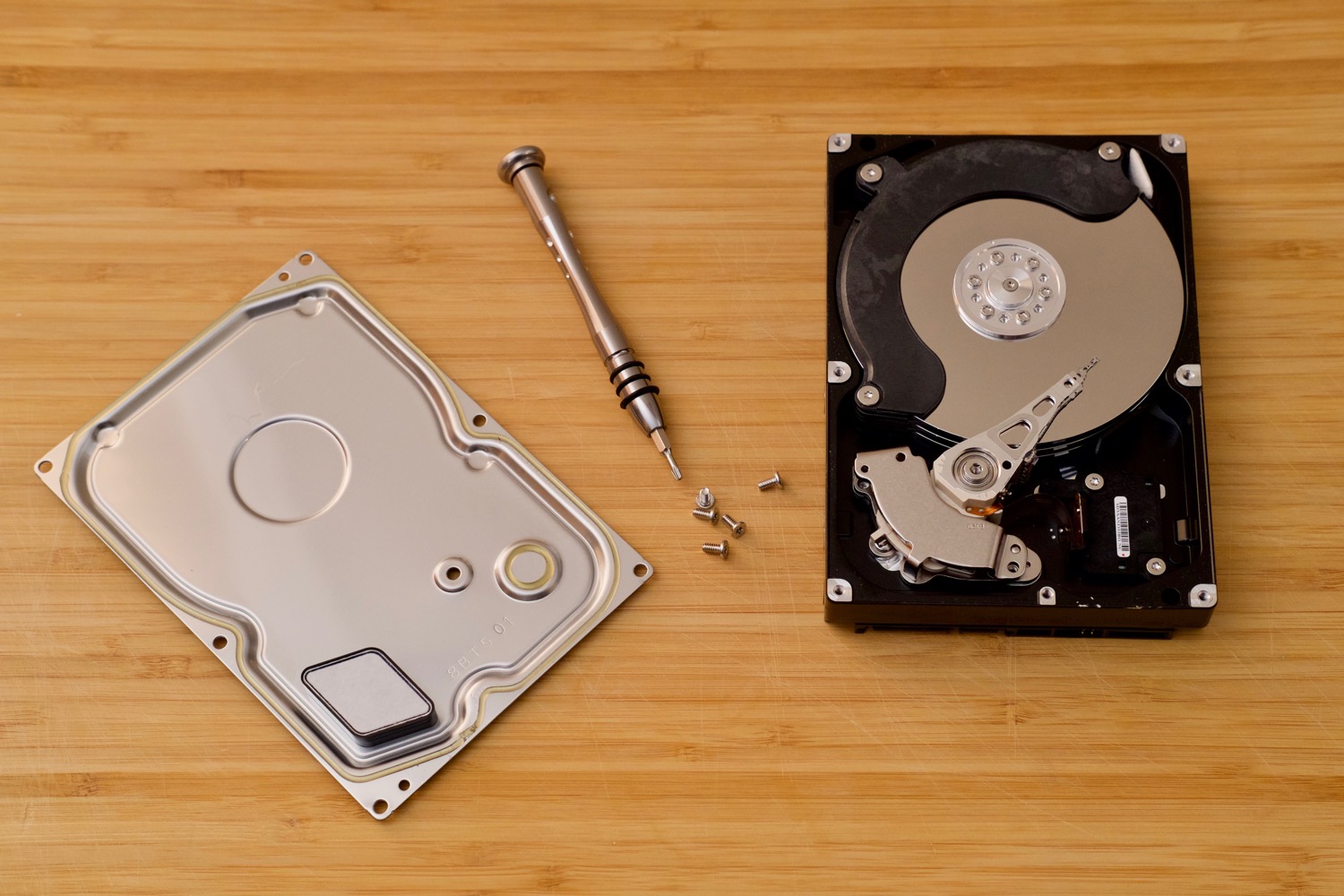

To prevent this eventuality which can lead to data breach, you must use a secure file erasure method.

However, a few users know that the deleted and formatted files can be potentially recovered from any storage media with the help of publically available data recovery software. Ideally, users tend to delete particular files or format entire drive volume to destroy and prevent access to their confidential files and sensitive information. After the end of life, data must be securely erased from the system to prevent incidents such as data breach, identity theft, and unauthorized access to your sensitive information. You can also use a powerful file eraser tool, such as BitRaser File Eraser to erase hard drive data efficiently.ĭata has a life span.
#HOW TO WIPE A COMPUTER HARD DRIVE HOW TO#
Check out this blog to learn how to erase hard drive data in Windows 10 permanently. By overwriting the data on the storage device, verifying the data has been erased and certifying that erasure with an erasure report, the data is rendered unrecoverable and achieves data sanitization.Simply deleting data from the hard drive or formatting the drive doesn’t erase your data. What is Data Erasure?ĭata erasure is the software-based method of securely overwriting data from any data storage device using zeros and ones onto all sectors of the device. Unlike data erasure, data wiping does not follow any erasure standards and does not offer any proof that the data is unrecoverable. Therefore, this method is not considered as an approved method for data sanitization.
#HOW TO WIPE A COMPUTER HARD DRIVE SOFTWARE#
The term data wiping is often used interchangeably with data erasure however, there are core differences. Data wiping is the software-based method of overwriting data without verification that the software was successful in overwriting to all sectors of the storage device, and does not produce a certified report. To truly achieve data sanitization of drives, you must invest in software-based data erasure, physical destruction and/or verified cryptographic erasure. Data wiping doesn’t achieve true data sanitization because it doesn’t include verification that the data is gone. So, if deleting isn’t how you completely remove data, you should wipe that data instead, right? Until the data has been overwritten, it remains easily recoverable. You may already know that deleting data doesn’t completely remove that data it only “hides” the data on a storage device.

Choose a specific data erasure standard, based on your industry and organization’s unique needs.When the hard drive erasure is complete, there will be no way to get anything on the drive back. Whether you want to repurpose the drives, resell them or completely remove the data before you physically destroy them, complete data removal is key to achieving data sanitization. There are many reasons why organizations need to wipe hard drives.


 0 kommentar(er)
0 kommentar(er)
